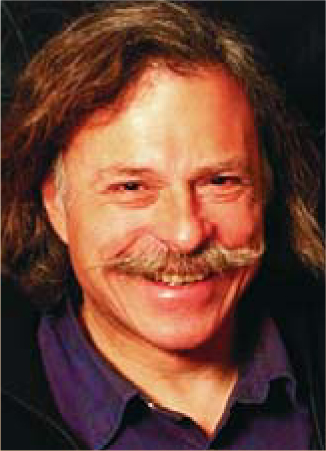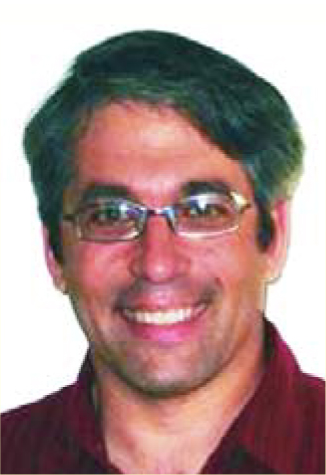Hard Push for Soft-Matter Research at NYU
DOI: 10.1063/1.1881892
The creation of an interdisciplinary and international Center for Soft Matter Research makes physics the first field to get a boost from New York University’s $2.5 billion expansion plans. By hiring people in clusters rather than individually, according to NYU’s dean of arts and sciences Richard Foley, “the university can achieve what is often very difficult: rapidly and effectively building academic strength in several fields in the arts and sciences.”
The new center is intended as a counterpart to the Kavli Institute of Theoretical Physics at the University of California, Santa Barbara, says David Pine, who joined NYU from UCSB. “You have this model that’s worked well for theoretical physicists. But not much has been attempted to make centers of this sort for experimenters,” he says. Pine, along with Paul Chaikin, who is moving from Princeton University, and David Grier, who came from the University of Chicago, is guiding the formation of the center. NYU is providing an undisclosed sum for an initial eight full-time faculty positions, including two theorists, plus two positions for visiting scientists. The center will have to raise money for workshops and other activities.
“We are interested in broadening the theory, models, and techniques for studying complex systems,” says Chaikin. “We are going to make [the center] a great place to do science, where people come from all over and attack problems together. New York is a great place to do this.” Adds Grier, “Instead of a warren of labs, we are building a very large open space. That makes it easier to integrate visitors.”
NYU physics has previously benefited by focusing on select subfields, says Allen Mincer, the department chair. After hiring several people in astrophysics and cosmology a few years ago, Mincer says, “I can already see the effects on the caliber of faculty, postdocs, and students we are attracting.”
The university plans to devote $200 million over the next few years to expanding the arts and sciences faculty by 20%. That, in turn, is part of a plan to raise $2.5 billion for scholarships, new academic initiatives, and the enhancement of university facilities.

Princeton University


USSB Photo Sevices



More about the Authors
Toni Feder. tfeder@aip.org
